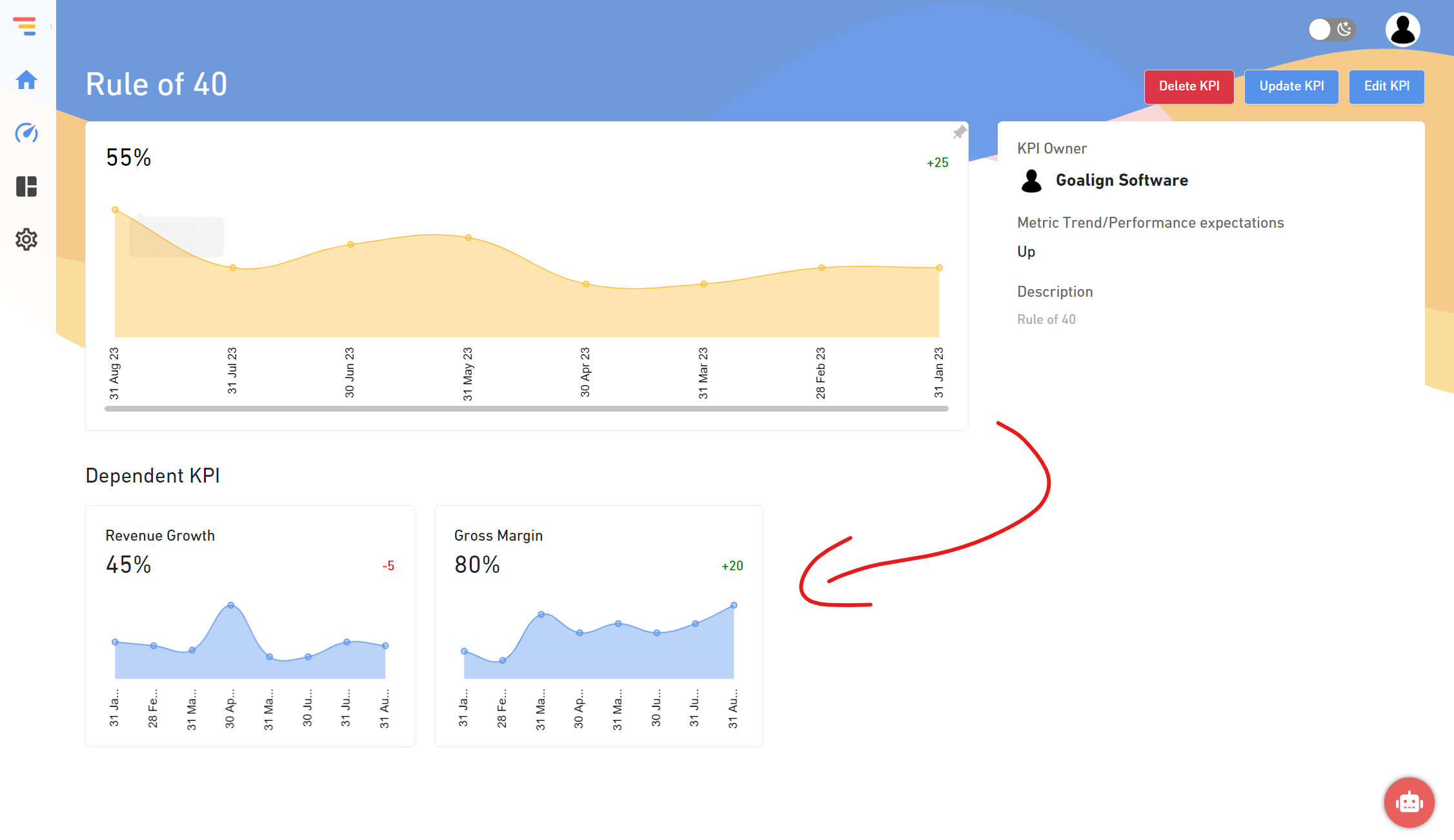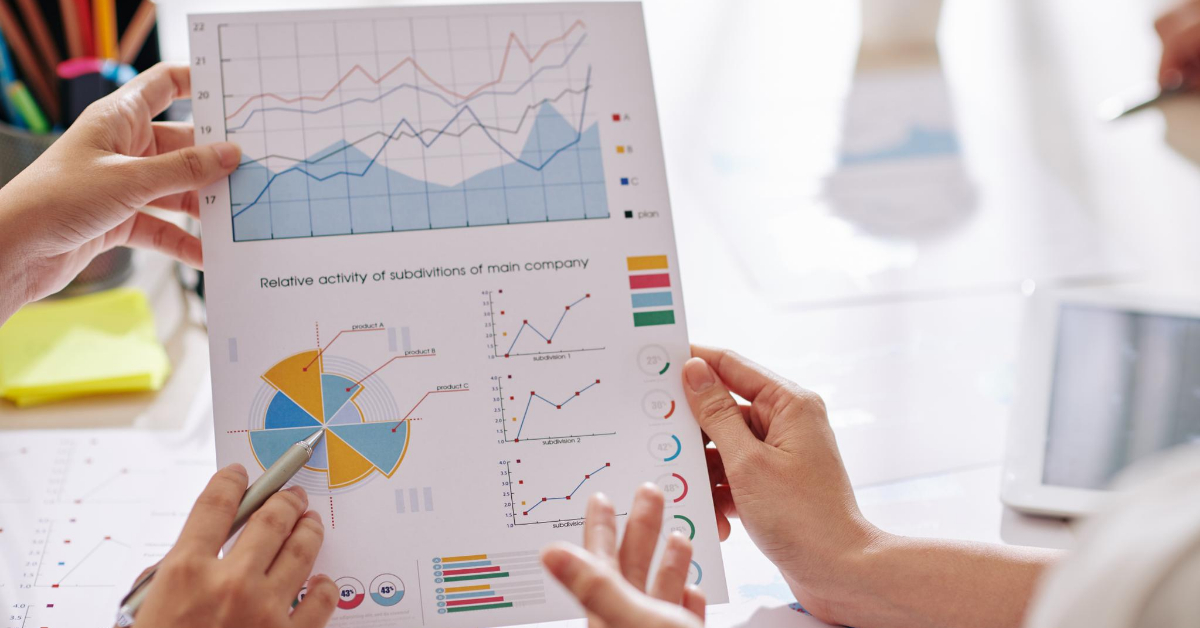What are KPIs in retail?
KPIs, often known as “key performance indicators,” are the most significant measures in your company. It would help if you kept an eye on these figures to see whether your company is on the correct course. What metrics should you consider? It depends. Because every retail firm is unique, some metrics may be more important to you than others.
But, to help you get started, we’ve collected a list of the top retail metrics and KPIs to measure in your company and the formulas and techniques for calculating them. Key performance indicators, or KPIs, are critical measures that every retailer should track to assess the health of their organization. KPIs may help you understand where your company is prospering, where it is falling short, and, most importantly, how you can make positive adjustments to guarantee your firm continues to thrive.
How may KPIs be used in retail?
In general, KPIs are used to assess whether or not you are fulfilling your objectives. They’re key performance indicators because they assist you in evaluating your performance and determining what steps to take next.
Per what you’re monitoring, KPIs might show you where you are in revenue, inventory movement, growth, customer happiness, etc. We’ll go into the exact KPIs you should be looking at and how to apply them in the points below.
Who Should Use Key Performance Indicators in Retail?
Everyone, in a nutshell. To some degree, everyone in the retail business should be utilizing retail KPIs. KPIs should be used to measure your success, whether you are a seasoned sales veteran or just starting. But first, let’s define what retail implies.
Most people associate the term “retail” with traditional brick-and-mortar establishments. However, this is no longer the retail industry’s reality. The retail business has significantly shifted to online marketplaces during the previous two decades. As a result, the hurdles to entry have decreased, making it more straightforward for individuals to begin their retail careers and experiment with various sales strategies. Consequently, many individuals have had to learn the retail sector from the ground up. We advocate using a retail KPI dashboard to assist company owners with their analytics. To help you get started, insight software has developed a retail KPI list.
Financial Key Performance Indicators for the Retail Industry
Every company on the planet must keep track of its money in some form. People utilize financial KPIs to gauge their success, whether they realize it or not. We advocate using financial KPI software to make this process simpler. A retail organization should monitor the following financial KPIs using reporting software:
- Operating Expense (OPEX) – Any costs related to running your firm daily are considered operational expenses. Rent, inventory, insurance, wages, and so forth are examples. Your OPEX might vary greatly depending on how you run your retail firm. An actual brick-and-mortar facility.
- Quick Ratio – This is the go-to ratio for immediately assessing the health of your organization. The quick ratio assesses your capacity to satisfy current obligations without selling goods. A balance more significant than one is ideal and indicates that you are in good financial condition.
- Current Ratio – Another often used financial statistic for assessing a company’s health is the current ratio. It sets a company’s capacity to satisfy commitments in the same way that the quick ratio does. On the other hand, this ratio adopts a more practical approach and determines if a corporation can satisfy its commitments within a year.
- Accounts Payable Turnover (APT) – This is a highly frequent financial statistic that retail organizations use to assess their cash flow status. It does this by measuring how long it takes a corporation to pay its suppliers.
- Days of Inventory Outstanding (DIO) – A well-stocked inventory is crucial, but so is keeping your inventory moving. This retail KPI measures how long your list can be converted into sales.
List of Retail KPIs for Evaluating Customer Habits
Most retail KPI examples focus on sales and financial statistics, but you need consumers first. It makes no difference how much profit your items have if you don’t have any clients eager to purchase them. Here is a list of our favorite key performance indicators for assessing client habits:
- Client Retention Rate – As many company owners know, acquiring a new customer is more expensive than retaining an existing one (which is why loyalty programs exist). This retail indicator measures how often consumers return to your business for a second visit (or more).
- Customer Contentment – This retail statistic often combines with the previously described customer retention KPI. Customer happiness and retention are generally inextricably linked. However, obtaining reliable data to gauge consumer happiness can be challenging. Most firms attempt to incentivize clients to complete a survey.
- Traffic – This retail key performance measure applies to physical and online retailers. It keeps track of how many people physically enter your business or visit your website. These statistics may be used to assess the performance of an ad campaign or product launch. It may also be used to compare the popularity of various locations in actual shops.
Retail Key Performance Indicators for Evaluating Sales Data
Retail sales data may shed a lot of information on your clients’ buying habits or assist analyze how various locations are functioning. Here are some retail KPI examples for measuring shopping trends:
Retail Key Performance Indicators Sales Per Square Foot Sales per Square Foot is one of the most successful and often used retail KPIs. The sales-per-square-foot statistic compares a store’s income to the floor area it occupies, determining a location’s efficiency. This is an essential metric since real estate is pricey.
Year over Year Sales in Retail
- Year-to-Year Sales – Everyone in business wants their sales to increase. Comparing quarterly sales to those of the prior year is the most popular tracking method. However, this retail performance indicator works best when combined with another KPI that may explain why sales were up or down (i.e., new products, promotions, or staff helped drive sales).
- Average Transaction Value in Retail Average Transaction Value in Retail – This retail indicator indicates how much a consumer spends on average on each visit. Customers who spend much money may imply that your higher-priced items are more popular or purchase considerable amounts on each visit. A lower number, on the other hand, might mean the inverse.
Retail Key Performance Indicator Sales Per Employee
Per Employee Sales – A friendly rivalry among salespeople may frequently be motivating. The Retail Sales per Employee KPI is an excellent approach to measure this. These data may then be utilized to conduct performance appraisals, determine remuneration, and assess training requirements.






